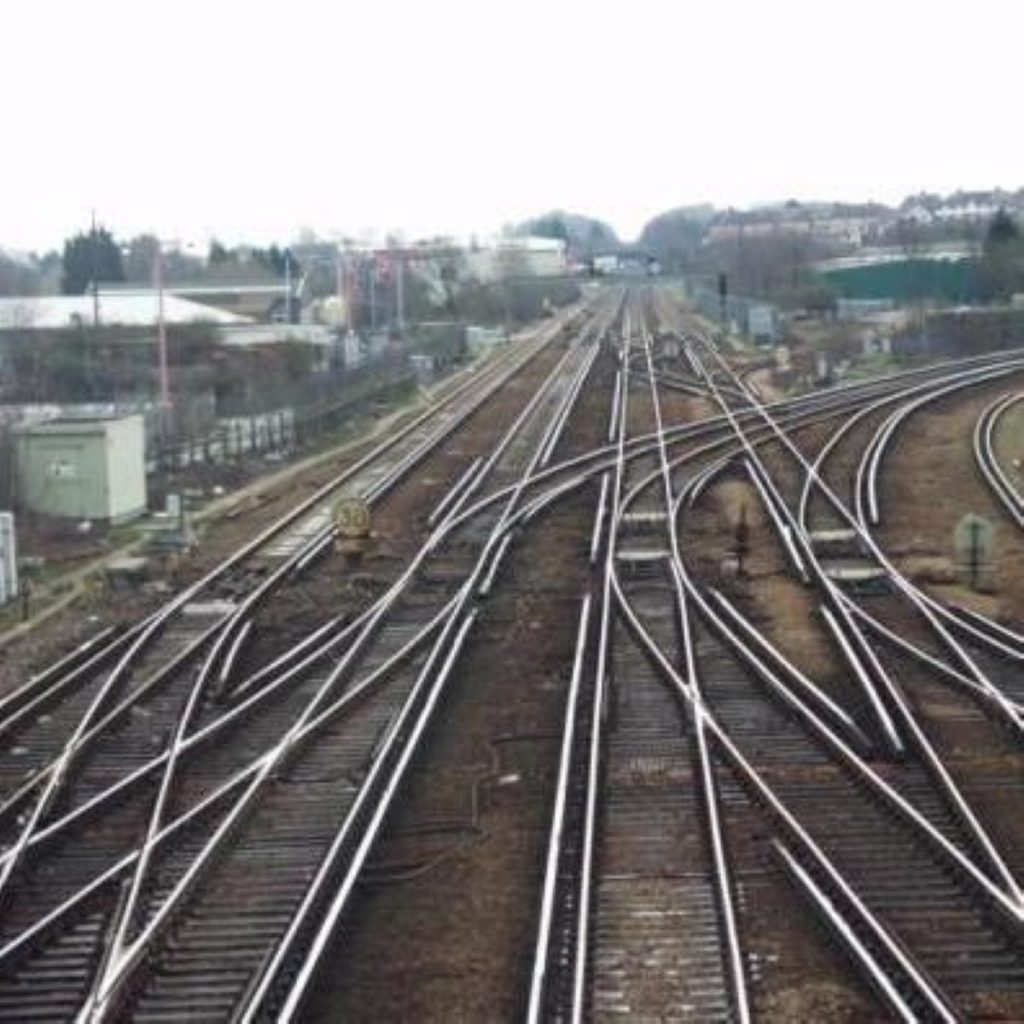Rail bosses ‘don’t know how to spend’ safety money
Rail managers are not making the right decisions about improving safety on the railways because they do not know what the public wants to see, according to a report published today.
The report from the Rail Safety and Standards Board (RSSB) argued that rail bosses should find out what the public wants to see improved before spending millions of pounds on safety improvements.
According to the report, the public believes that the railways are not being run competently and do not understand how safe the railways really are.
The report points out that rail safety has improved every decade for 70 years and fewer rail passengers have died since privatisation. There has been one fatal crash per year since 2000 compared to 8.8 fatal crashes per year in the 1940’s.


The RSSB warned that to save a life on the railways it would cost the taxpayer £10 million for the train stopping system, whereas it only costs £100,000 to save a life on the roads. It suggests that if the public knew this they may want their money spent differently.
Tony Taig, the main author of the report argued that more lives would be saved if some of this money was spent on improving safety on the roads.
However, Maureen Kavanagh, chair of the Safe Trains Action Group, who lost her son in the 1997 Southall crash, warned that the discussion about whether to invest in rail or road safety was redundant. Ms Kavanagh argued that billions of pounds had been diverted from rail safety to subsidies the profits of train operating companies.
Ms Kavanagh commented, “The Government has just thrown away billions and billions of pounds in subsidies to the train operating companies since privatisation. If that money had been spent in investment on the railways and on the roads we would have a better system on the roads and rail travel.”

